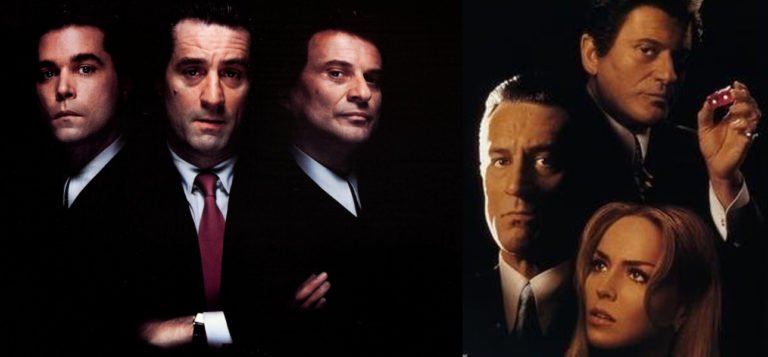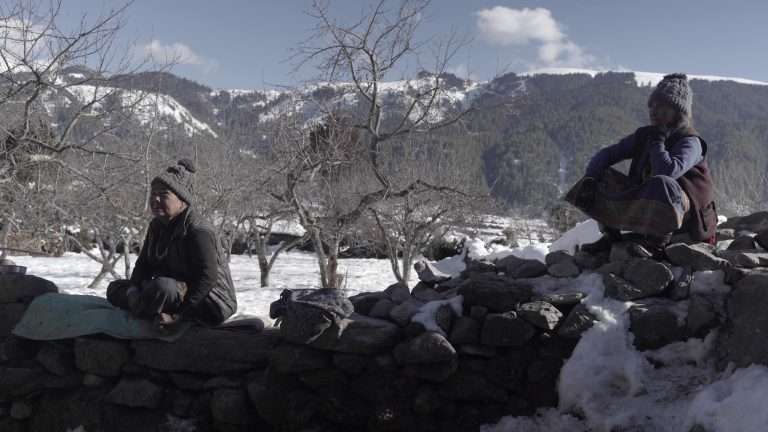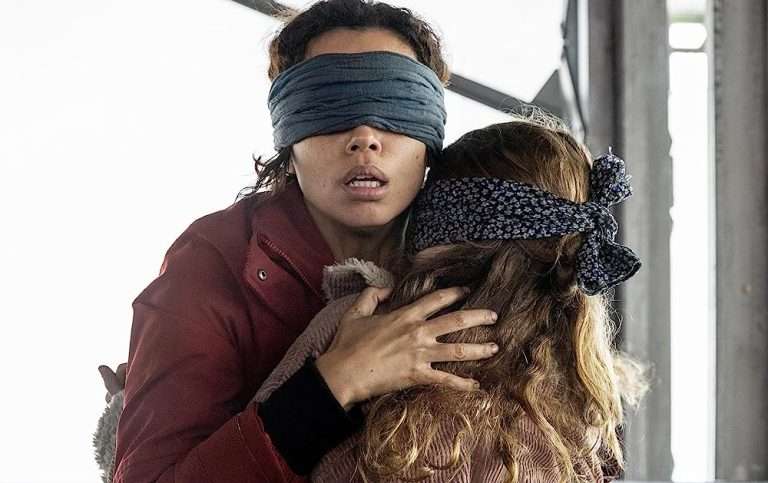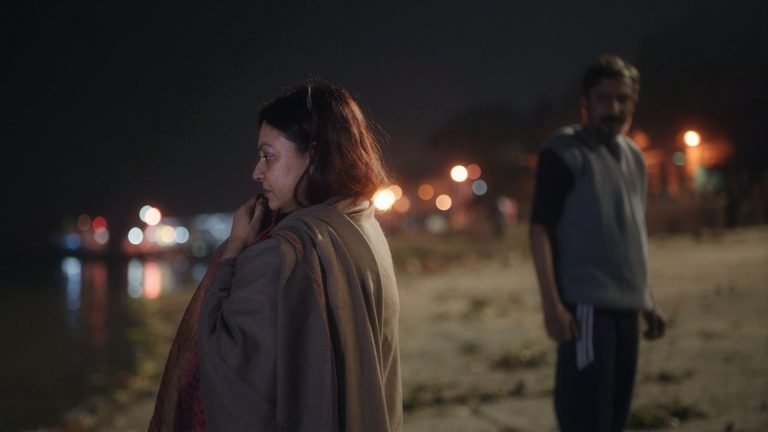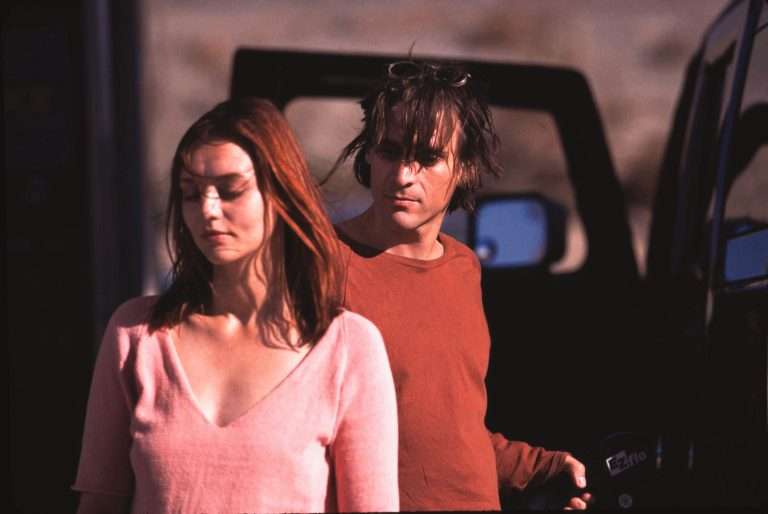The term “Mexico 86” has many connotations, mostly related to the Football World Cup. It was the 13th World Cup, the second to have been won by Argentina, the Argentinian team captained by Diego Maradona. Maradona’s “Hand of God” led to a decisive victory against England in the Quarterfinals. If history or pop culture is to be believed, it is also the tournament that gave rise to the Mexican Wave.
The 1986 World Cup occupies an important position in pop culture and history in general, and it would have been curious if director Cesar Diaz hadn’t referenced the World Cup even after situating his story squarely in Mexico during that era. As it turns out, Diaz, as well as set designer Andrea Galicia, painted the walls adjoining the streets with Maradona paintings or captured the general fervor of a World Cup, albeit slightly muted but still prevalent, with processions of support from Mexican fans, causing traffic jams in the street.
It’s organic and yet provides tension in the final act of the movie as director Diaz designs a chase sequence where Maria (Berenice Bejo), her partner and comrade in arms Miguel (Leonardo Ortizgis), and her son Marco (Mattheo Labbe) are being chased by the Guatemalan Secret Police, on account of Maria and Miguel being members of the Guatemalan Liberation Army, fighting against the totalitarian regime for over a decade.
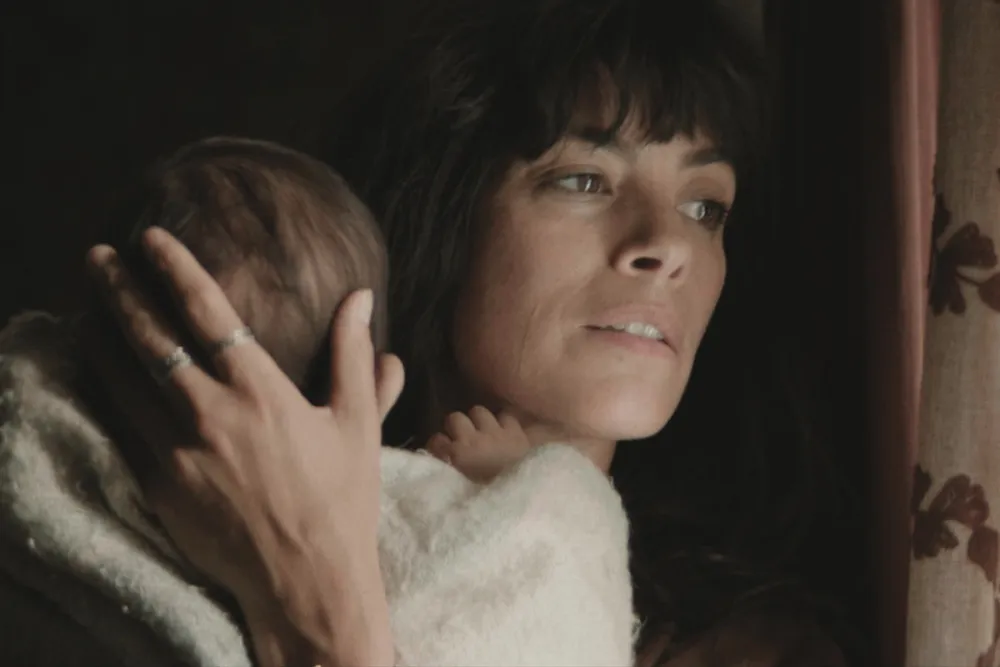
The battle against the regime is ingrained within Maria, as we witness in the opening sequence her hurriedly entering her mother’s house, an infant in her arms, forced to go into hiding while leaving her son under the capable hands of her mother. That would be ten years ago, in 1976. By the time 1986 rolls around, Maria and Miguel are still knee-deep in guerrilla warfare but now somewhat jaded by the war, intent more on ensuring the political unrest of Guatemala is broadcast around the world.
This leads to Maria disguising herself as a proofreader for the news organization Processo and, later in the film, trying to convince one of the star reporters to publish the names of the targets of the Guatemalan Police Service and how Mexico inviting this country to the World Cup is an indictment against democracy itself. Amidst all this, Maria’s mother visits her with her son and informs her that she has only six months to live; thus, Maria would have to take care of her son now, even if that meant walking away from the rebellion.
Diaz chooses wisely not to mine melodrama from events or character interactions. The premise is ripe for such an avenue, but the film remains subtle and grounded, ably and sturdily shuttling between a character study and a journalism story. The mother-son drama takes center stage, with the relationship between Maria and Marco slowly undergoing recontextualization, both having to grow up and voice harsh truths to each other. It doesn’t shift to a higher overall register, nor does Diaz’s direction make Marco’s character seem irritable or try to produce obstacles in his mother’s path to ask for attention.
On the contrary, Marco, as played by Mattheo Labbe, comes off as sensible, albeit obviously naive, for a ten-year-old. The moments where he throws a tantrum feel legitimate, but that is also due to the movie depicting the difficulties faced by Maria and Miguel. There is no romanticization of a rebellion anywhere in this film. Rather, disillusionment threatens these true believers as well, but Maria still soldiers on, even as she tries to maintain her relationship with her son and handle the loss of the indomitable support that had been her mother.
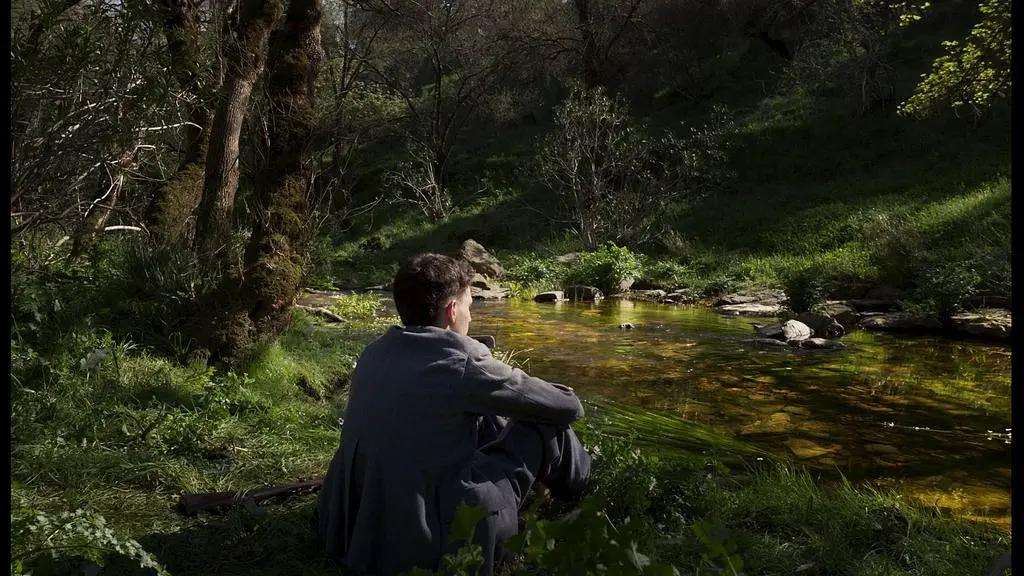
However, it should be noted that Maria, being the voice of dissent against Miguel, argues for their ideals even as they find themselves completely brow-beaten by the system. The loss of one of their comrades seems to be missing a key ingredient. An isolated scene of Maria wavering in her convictions seemed necessary. However, we see an indirect iteration of that scene in her final phone call with her mother, where she expresses, through tears, how hard it truly is.
One of the primary reasons this film is so compelling and watchable throughout its 104 minutes, even if one can criticize it for being somewhat dry, is the performance of Berenice Bejo. Her micro-expressions of shuttling between determination and vulnerability, as easy for her as changing hairdos, are exquisite to watch. Virgine Surdej’s cinematography prefers close and contained shots, focusing more on faces and the depiction of tension due to the events occurring as a result of reactions. The sound design is very sparse if only to maintain the strain of realism throughout the story until those final moments of gunshots and car chases.
It is also heartwarming and later heartbreaking to watch the relationship between mother and son slowly evolve into understanding, even though they finally have to drift apart. An emotional casualty occurs when Marco finally decides to stay away from his mother, protecting her from making the choice herself. These are the moments of poignancy that do come from a storyteller imbibing kernels of truth within each of the characters. Diaz’s film feels intimate and extremely personal, as much focused on the turbulence of revolution as it is removed from it, impactful not only due to the loss of innocence but also in the efforts of the mother to maintain that innocence as long as she possibly can.





